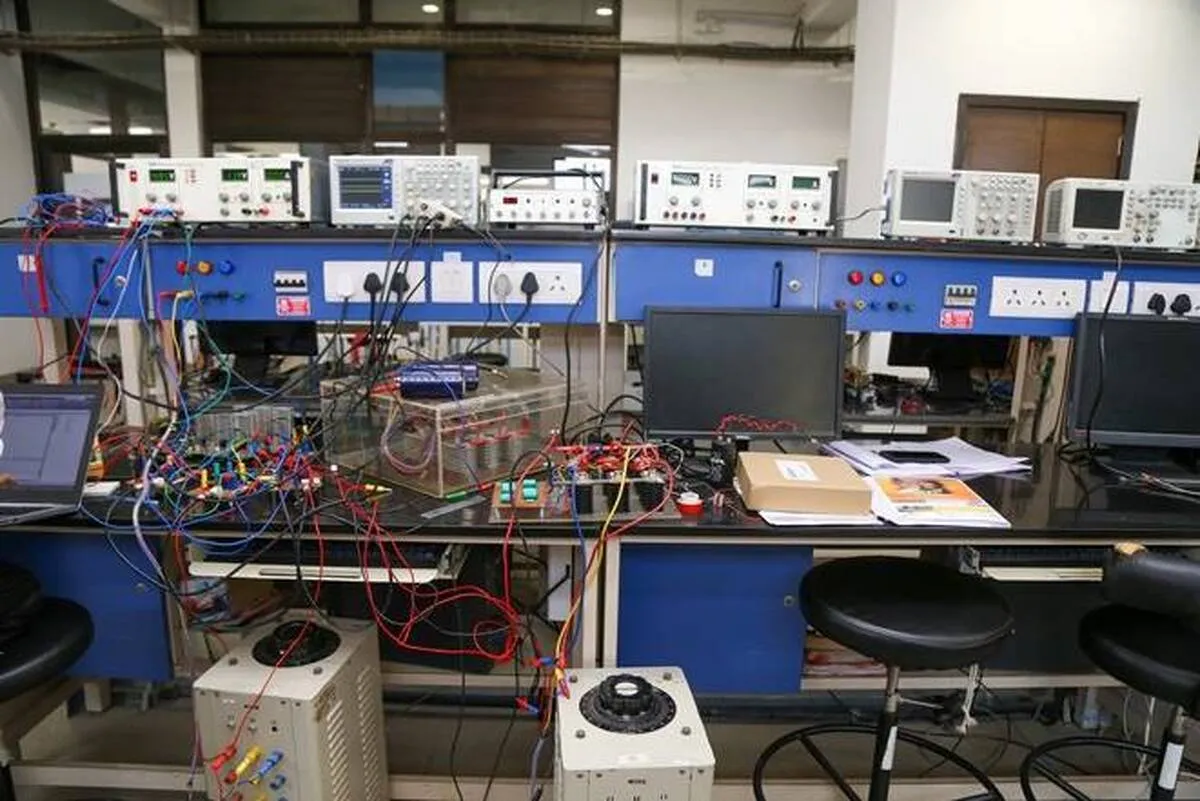Islamic Azad University’s Ahvaz Branch Develops Several Technological Devices

“In a bid to meet our research needs, we have succeeded in building an electric current recording device, a solar cell parameters characterization device, a multi-purpose vacuum system, an electron field emission device, and a PID thermo controller with a heater,” Mohsen Cheraqizadeh, a researcher of Advanced Engineering and Nano Materials Research Center of the Islamic Azad University’s Ahvaz branch, told ANA.
“The electric current recording device enjoys the capability to measure current in the range of zero to 200 micrometers in the working voltage of zero to five thousand volts, save the recorded data in different time intervals, connect to the computer through the USB port and save the data to the micro memory,” he added.
“Also, the solar cell parameters characterization device can measure current in the range of positive and negative milliamps to positive and negative one microamp and can connect to a computer through a USB port and store information on a micro SD,” Cheraqizadeh said.
He underlined that the multi-purpose vacuum system is also effective as a test system for gas and light sensors, adding, “The possibility of performing various tests under the desired conditions and heating the sample up to a temperature of 500 centigrade with one degree accuracy are other capabilities of this system.”
“Meantime, the thermo (temperature) controller device enjoys the ability to control the temperature in the temperature range of 25 to 500 degrees Celsius. It also has a special support base for different samples and has temperature and resistance measurement probes. It can also be used in different research systems,” Chraqizadeh said.
“The electron field emission device is also capable of measuring the field emission characteristics of nanostructure layers. The capability of moving the sample and imaging electron emission, voltage-current and current-time curves are also among its other uses,” he noted.
In a relevant development in March, a student of Islamic Azad University’s Ton-e Kabon branch had also invented a device that generates electricity by using rotating magnets.
“In this device 32 supermagnets are arranged in a V shape on the body of a plastic cylindrical shaft,” Maryam Keramati, a student of microbiology department of Islamic Azad University’s Ton-e Kabon branch, told ANA.
She explained that the magnets have been arranged in a way that one line (row and path) has been arranged towards the outside of the cylinder and the pole (S) is inside the cylinder in the opposite line, adding, “By bringing the magnet closer, the co-polar rod towards the central cylinder causes movement from the side of the larger distance to the smaller distance of the magnets.”
Keramati said that device can be used in all household electrical appliances, cooling and heating devices, car engines, domestic and urban electricity, etc.
4155/v





















